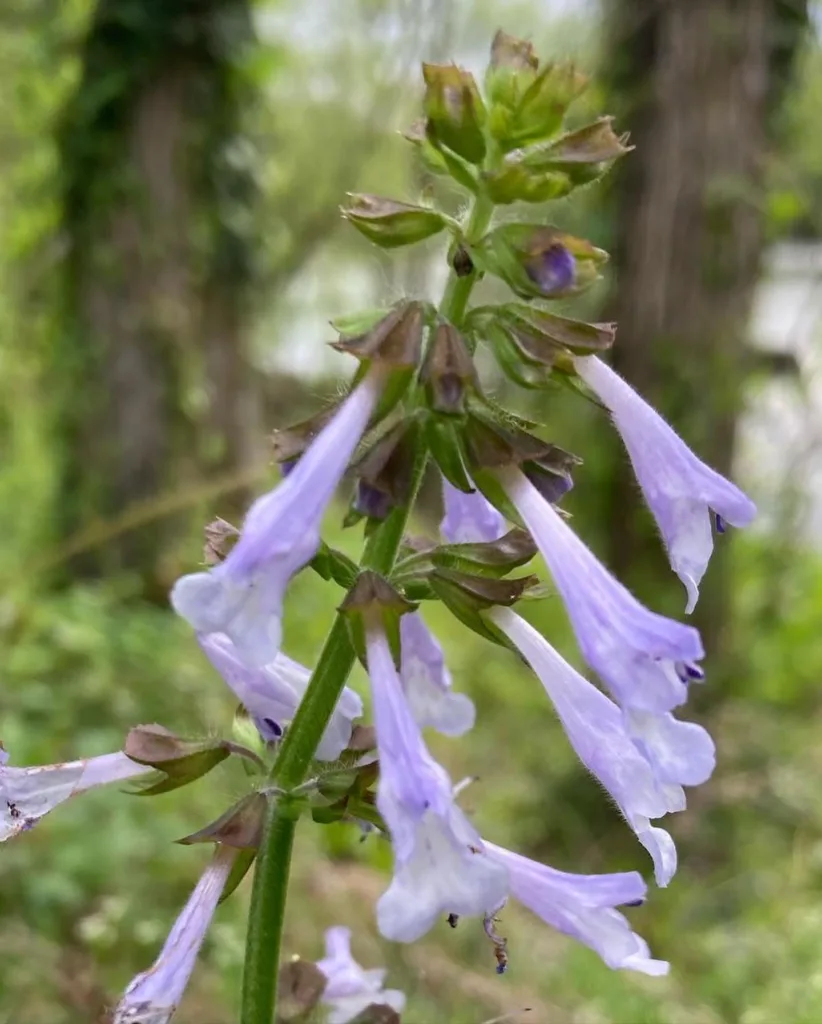
Helianthus Angustifolius: A Showy Sunflower for the Southern Gardener
As a gardener in Georgia, I’m always on the lookout for new and interesting plants to add to my repertoire. Recently, I stumbled upon Helianthus angustifolius, a species with a mouthful of a name but a stunning display of golden blooms. Intrigued by its potential for my sunny borders, I dove headfirst into researching this unique sunflower.
66 Species in Genus Helianthus
Is Helianthus angustifolius Native to Georgia?
This was one of the first questions that popped into my head. Having a native plant not only adds a touch of ecological responsibility to your garden but is also often better adapted to the local climate and soil conditions. Thankfully, the answer is yes! Helianthus angustifolius, also known as the narrowleaf sunflower or swamp sunflower, is native to the south-central and eastern United States, including all the coastal states from Texas to Long Island and inland as far as Missouri. This means it thrives in the hot, humid summers of the south, making it a perfect fit for my Georgia garden.
What Makes Helianthus Angustifolius Special?
While some sunflowers boast giant, dinner-plate-sized blooms, Helianthus angustifolius takes a more restrained approach. Its flowers, typically 2-3 inches in diameter, come packed in profusion, blanketing the plant in a sea of sunshine yellow from late summer to frost. Unlike its larger cousins, Helianthus angustifolius isn’t known for attracting massive crowds of birds. However, butterflies find its nectar irresistible, making it a welcome addition to any pollinator garden.
But the beauty of Helianthus angustifolius goes beyond its flowers. The long, narrow leaves (hence the name “narrowleaf sunflower”) add a touch of elegance to the plant, and its tall, sturdy stems make a bold statement in the border. Plus, unlike some sunflowers that can become leggy and floppy, Helianthus angustifolius maintains a compact, well-behaved form throughout the season.
How to Care for Helianthus Angustifolius?
One of the things I love most about this sunflower is its easy-going nature. Helianthus angustifolius thrives in full sun and prefers moist, well-drained soil. While it tolerates some drought, it will reward you with more blooms if you keep the soil consistently moist during the hot summer months. A layer of mulch around the base of the plant helps retain moisture and suppress weeds.
Helianthus angustifolius is a low feeder, meaning it doesn’t require a lot of fertilizer. In fact, too much fertilizer can encourage leggy growth and fewer flowers. A light application of compost in the spring is usually sufficient.
Come fall, you can leave the spent flower heads on the plant to add winter interest to your garden and provide a source of food for birds. Alternatively, you can deadhead the flowers to encourage continued blooming.
Propagating Helianthus Angustifolius: Sharing the Sunshine
There are two main ways to propagate Helianthus angustifolius: by seed or by division.
Propagation by Seed: Helianthus angustifolius readily self-sows, so if you allow the spent flower heads to remain on the plant, you’ll likely find seedlings popping up in the spring. You can also collect seeds in the fall and sow them indoors in late winter or directly in the garden in the spring.
Propagation by Division: This is a good way to quickly increase your stock of Helianthus angustifolius. The best time to divide the plant is in the early spring before new growth emerges. Simply dig up the clump, carefully pry it apart with a sharp spade, and replant the divisions in new locations.
What to Plant with Helianthus Angustifolius?
Helianthus angustifolius pairs beautifully with a variety of other plants. Here are a few ideas:
- Perennials: Consider planting Helianthus angustifolius alongside other sun-loving perennials like rudbeckia, coreopsis, or gaillardia. The different bloom times and flower forms will create a long season of interest in your border.
- Grasses: Ornamental grasses like switchgrass or miscanthus add a textural contrast to the Helianthus angustifolius’s narrow leaves and provide winter interest.
- Low-growing plants: Planting low-growing flowers like verbena or alyssum in front of the Helianthus angustifolius helps to fill in any gaps and add a pop of color.
With its easy-going nature, showy blooms, and long-lasting season of interest, Helianthus angustifolius has quickly become a favorite in my Georgia garden. It provides a burst of sunshine at the end of the season when many other flowers are fading, and its compact form makes it a versatile addition to borders of all sizes. Plus, the fact that it attracts butterflies without overwhelming the garden with birdsong makes it a perfect choice for those seeking a peaceful pollinator haven. Whether you’re a seasoned gardener or just starting out, Helianthus angustifolius is a low-maintenance beauty that’s sure to add a touch of wild charm to your southern garden.
If i die, water my plants!



